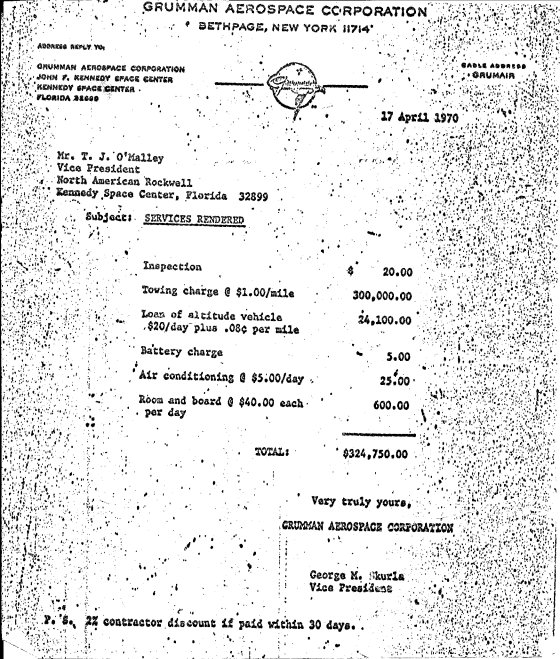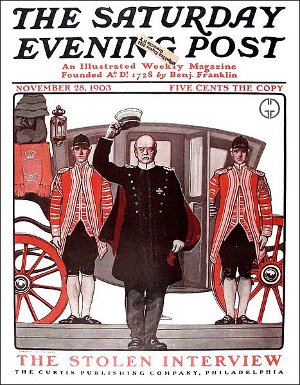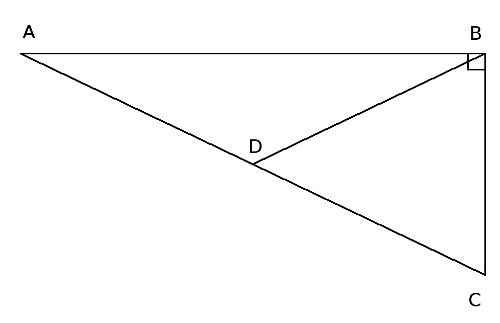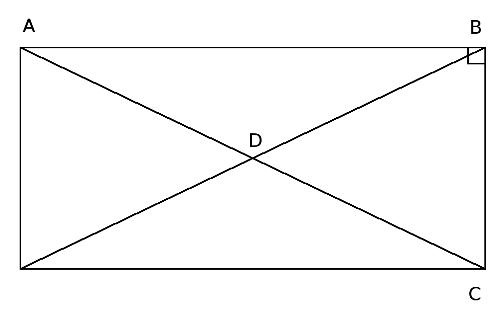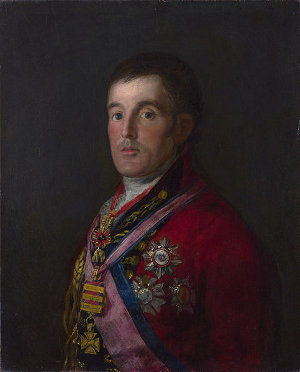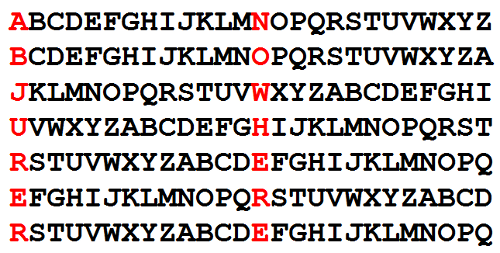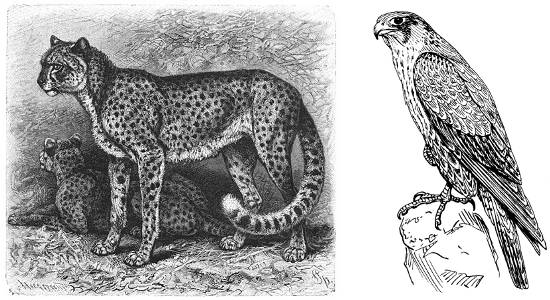
The cheetah can reach speeds over 70 mph. In a dive, the peregrine falcon can reach 200 mph. But in 1927, entomologist Charles Townsend estimated that the deer botflies he’d observed in New Mexico surpassed both of these, reaching 400 yards per second. That’s 818 mph.
This claim stood for 11 years, until in 1938 chemist Irving Langmuir debunked it in Science:
- The power needed to maintain this speed amounts to 370 watts, or about half a horsepower. To deliver it, the fly would have to consume 1.5 times its own weight in food every second.
- Ballistics formulas show that the wind pressure on the fly’s head would amount to 8 pounds per square inch, probably enough to crush the fly.
- An 800 mph fly would strike the skin with a force of 310 pounds. “It is obvious that such a projectile would penetrate deeply into human flesh.”
- A supersonic fly would be invisible to the eye, not the “brownish blur” that Townsend had described.
Not to mention that an 800 mph fly would create its own sonic boom. After weighing the facts, Langmuir concluded, “The description given by Dr. Townsend of the appearance of the flies seems to correspond best with a speed in the neighborhood of 25 m/hr.”

